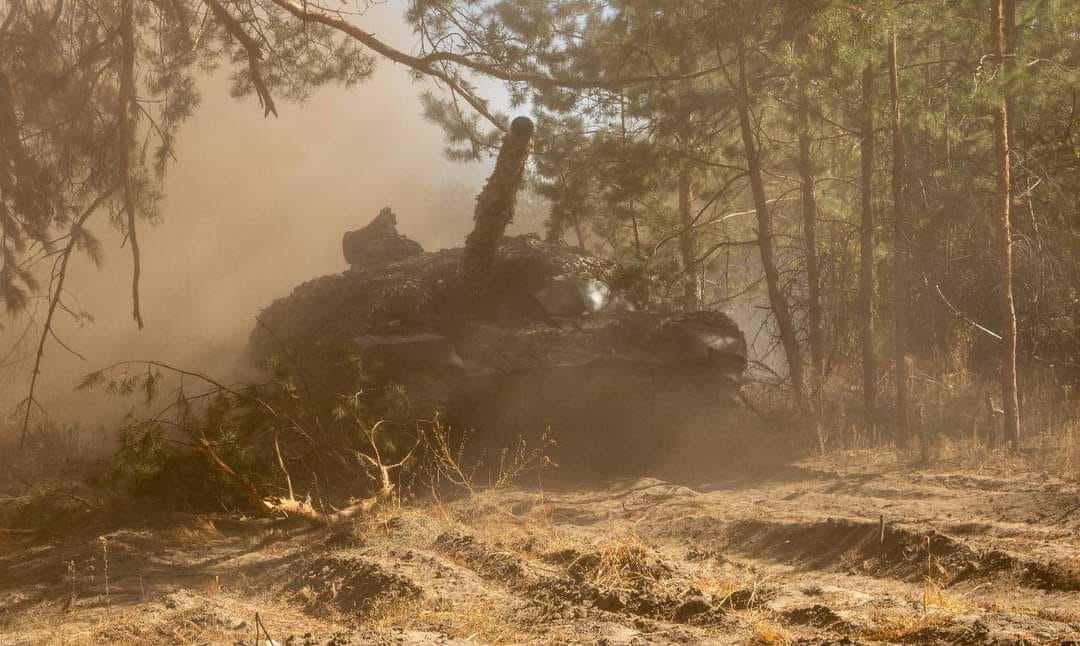The Ukrainian Atesh resistance movement reported on Telegram that it has been conducting surveillance of a naval arsenal belonging to Russia’s Black Sea Fleet in Sevastopol, in occupied Crimea.
They targeted the 17th arsenal, which stores ammunition and maintains equipment for Moscow’s deep-water fleet, supplying operational munitions and other essential materiel to its naval units.
JOIN US ON TELEGRAM
Follow our coverage of the war on the @Kyivpost_official.
According to the guerrillas’ report, heightened security measures were observed at the site, including watchtowers, extensive guard posts, and regular perimeter patrols.
Crimea remains heavily militarized, in which numerous Russian naval, aerospace, and ground force units are based. Since Russia’s February 2022 full-scale invasion of Ukraine the Kremlin has faced ongoing challenges in supplying its forces and civilian infrastructure on the peninsula which is linked to mainland Russia only by vulnerable rail and sea routes, which have been repeatedly targeted by Ukrainian forces.
Previously, Atesh partisans uncovered supply routes used to transport missiles to the Russian S-300 air defense system near the Kerch Bridge in Crimea as well increased missile transportation to various air defense system positions across the peninsula.
“This indicates that the Russian Armed Forces are preparing to defend against a large-scale attack on their military facilities, reinforcing their defenses,” Atesh suggested.

‘The Worst Thing Would Be to Be Captured Again’: Released Civilian POW
The partisans specifically tracked the delivery of missiles to the S-300 air defense equipment close to the Kerch Bridge; a site Russia is reportedly “desperate to protect by any means.”
Atesh said it continues to monitor Russian supply lines. Recently its agents identified a logistics hub in Crimea used by Russian forces, where they documented fuel transfers from rail cars to tankers. The fuel is then distributed to mobile stations throughout Crimea, with the largest shipments heading toward Krasnoperekopsk in the north of the peninsula from where it is delivered to front-line positions.
In a separate incident, Ukrainian drones attacked a major oil refinery in Russian-occupied Crimea on October 7, igniting a fire and striking a blow to the region’s strained energy infrastructure.
Residents of Feodosia, a Black Sea resort city, reported hearing a series of powerful explosions between 4:20 and 4:30 a.m., followed by large columns of smoke and flames near the JSC Marine Oil Terminal.
Russia's Defense Ministry confirmed Ukrainian drone activity over Crimea, claiming to have shot down 12 drones but denied there had been any successful strikes or damage. Meanwhile, the Russian Transportation Ministry imposed a lockdown on major roads around the refinery, citing “technical reasons.”
Ukraine's Army General Staff took responsibility for the attack, describing it as “successful” and stating that fires and visible damage had been inflicted on the refinery which Ukrainian intelligence said it gathering information to assess the full impact of the strike.
You can also highlight the text and press Ctrl + Enter






